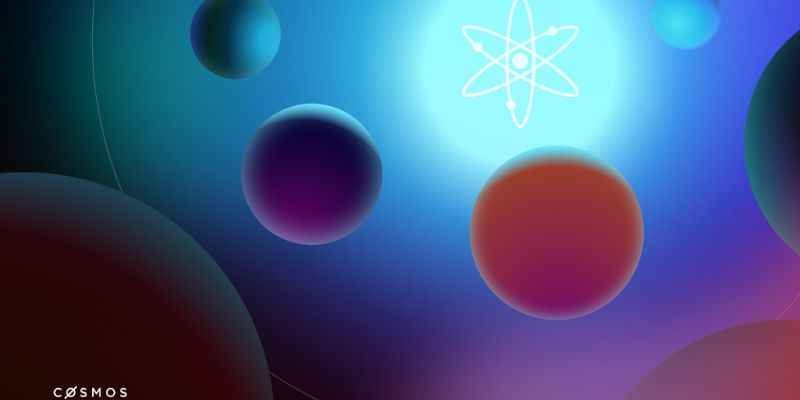Cosmos Community Rejects ATOM 2.0 White Paper
Community members rejected the ATOM 2.0 proposal citing lack of clarity. ATOM 2.0 was intended to revamp tokenomics and security features of the Cosmos ecosystem.
Cosmos Community Rejects ATOM 2.0
Last month, Cosmos developers put forward a proposal for ATOM 2.0 which was aimed at bringing changes to the blockchain’s existing security mechanism and status of its native ecosystem token – ATOM. The proposal was submitted to the Cosmos governance community for a two-week long vote on October 31st.

However, results of the vote look grim for Cosmos as the community voted against ATOM 2.0. Of the 73.41% ATOM holders who participated, 47.51% voted in favor, while 37.39% voted no with veto and 13.27% abstained. According to Cosmos DAO, voting “no with veto” means a stronger opposition to a proposal than voting “no”. Voting terms suggest that if a total of one third of voters (33%) veto a governance proposal, then it is rejected and the tokens are burned.
Cosmos is a network of independent blockchains that communicate with each other and is linked to a central chain called the ‘Cosmos Hub’. The network achieves its interoperability using Cosmos’s own Inter Blockchain Communication (IBC) protocol.
Developers first introduced their proposal for ATOM 2.0 at the Cosmoverse held in September. The proposal suggested a tokenomics revamp of the network’s native asset. ATOM 2.0 changed the way ATOM tokens would be issued, where minting a large number of tokens for the treasury resulted in drop in rewards for validators who staked their ATOM. The new white paper also suggested making ATOM the ecosystem’s reserve asset which will be used as collateral by applications deployed on the protocol.
Also Check: Cardano Developer Funds $4.5 Million Research Hub At Edinburgh University
Another proposed change was to upgrade Cosmos’ security protocol. Cosmos uses a proof-of-stake (PoS) consensus mechanism similar to Cardano and Ethereum. Unlike the other two blockchains which can add an unlimited number of on-chain validators, Cosmos allows for a limited number of validators on its network.
ATOM holders can choose from 175 validators on the Cosmos Hub and other chains to delegate their token stakes to. The more tokens staked on a validator chain, the more secure it becomes. Inter Blockchain Communication (IBC) protocol allows the central hub to run as many blockchains in parallel to the Cosmos mainnet by leveraging the same security features.
Cosmos uses the “Validator Set Replication” method to achieve its interoperable security feature. This enables one validator set on the Cosmos Hub to use IBC to send their stakes to another chain on the network. The blockchains are not required to have their own staking token or validator set as they get to operate using the validator set of the Cosmos Hub and achieve similar security to ATOM. In return for the hub’s security, independent chains pay ATOM validators and delegators in their own tokens.
Community members were mainly concerned with ATOM 2.0’s tokenomics involving distribution of rewards when minting new ATOM tokens. Developers heeded to the community’s request and made necessary changes to the white paper. The revised proposal suggested minting only 4 million ATOM for the community pool with ten fixed mints for the Cosmos treasury, a process that will be conducted at the discretion of ATOM holders.
Jae Kwon, co-founder of Cosmos who left the project in 2020, returned with a proposal for what he called ‘ATOM One’. The counter proposal suggested creating a second token called PHOTON which would act as the ecosystem’s reserve asset while ATOM remains the staking and governance token of the Cosmos Hub. ATOM holders outright rejected Jae Kwon’s proposal.
After 90% of the community ratified ATOM 2.0, Cosmos set a quorum of just 40% to pass, lower than the typical pass rate of 50%. Despite this, the proposals were outright rejected by a huge margin. Community members cited lack of clarity on proposed changes and the broader nature of the proposal as reasons for not voting in favor of ATOM 2.0. However, a majority of ATOM holders who voted against the proposal said it was a good starting point to design the next version of Cosmos.
Also Check: ConsenSys Launches ‘Ethereum Climate Platform’ To Mitigate Ethereum’s Emissionse






